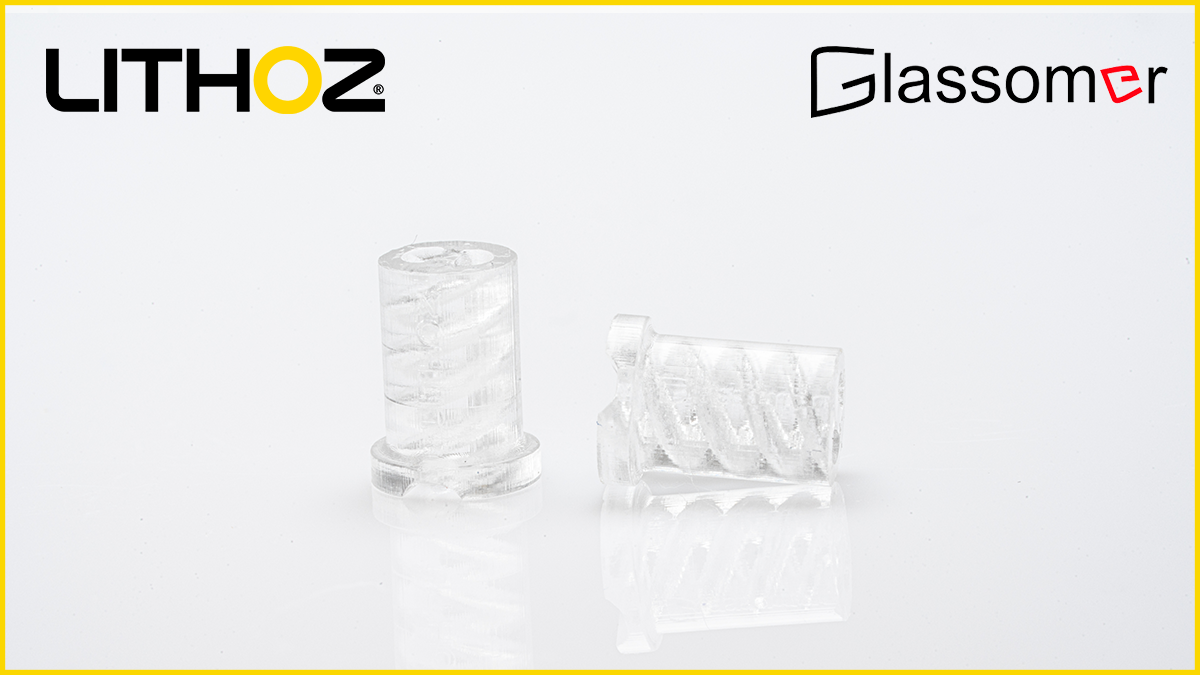From Lithoz GmbHReviewed by Danielle Ellis, B.Sc.Apr 4 2023
After intensive research together with Germany-based glass manufacturer Glassomer, Lithozhas announced the launch of the new “LithaGlass powered by Glassomer” material. Glassomer classified Lithoz’s powerful Lithography-based Ceramic Manufacturing technology as the only process capable of refining and 3D printing their material at such a high level of precision and complexity, making this composite slurry with a base of quartz glass a ground-breaking achievement for each partner.

Image Credit: Lithoz
This latest achievement adds another powerful innovation to Lithoz’s portfolio of slurries following several new successful material releases and two new technology launches over the past year. The design freedom of 3D printing combines with the desirable properties of high-performance fused silica glass–such as mechanical stability and high thermal and chemical resistance, as well as low thermal expansion and a resulting high thermal shock resistance. With LithaGlass being closer to a ceramic than standard glasses like soda lime glass, it also has the desirable material properties of fused silica glass, including a low thermal expansion and high thermal shock resistance.
As a real breakthrough for several fields, both companies are looking forward to driving innovation forward in ceramics, glass, and 3D printing. Dr. Johannes Homa, Lithoz CEO, was eager to share this latest release with these industries: ‘Glassomer’s choice of Lithoz’s LCM process as their key technology to achieve this innovation once again proves the sheer potential and flexibility of our system. The new LithaGlass material brings our company one step closer to our vision –finding solutions to every challenge of today with a 3D-printed ceramic answer.’ Dr. Frederik Kotz-Helmer, CSO of Glassomer, explains: “Our transparent high-purity glass solutions offer enormous potential for many applications, especially for high-stability optical and technical parts. With Lithoz, we have a powerful partner to make our glasses available for high precision 3D printing -which will significantly advance science and technology.”